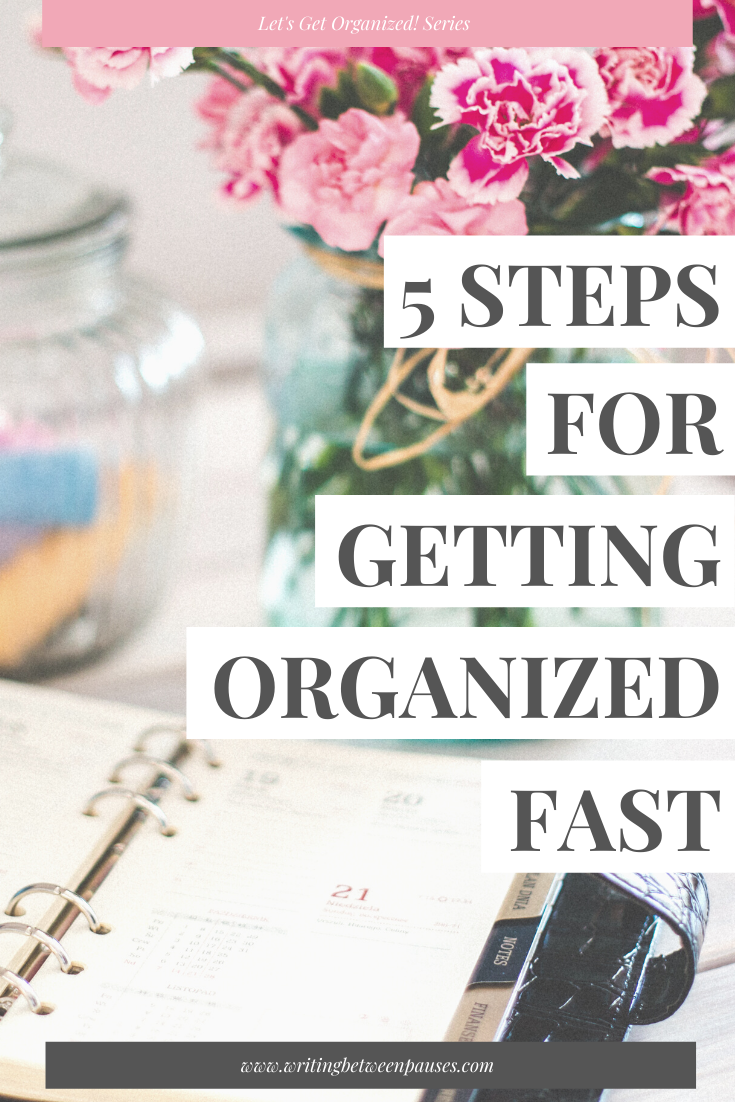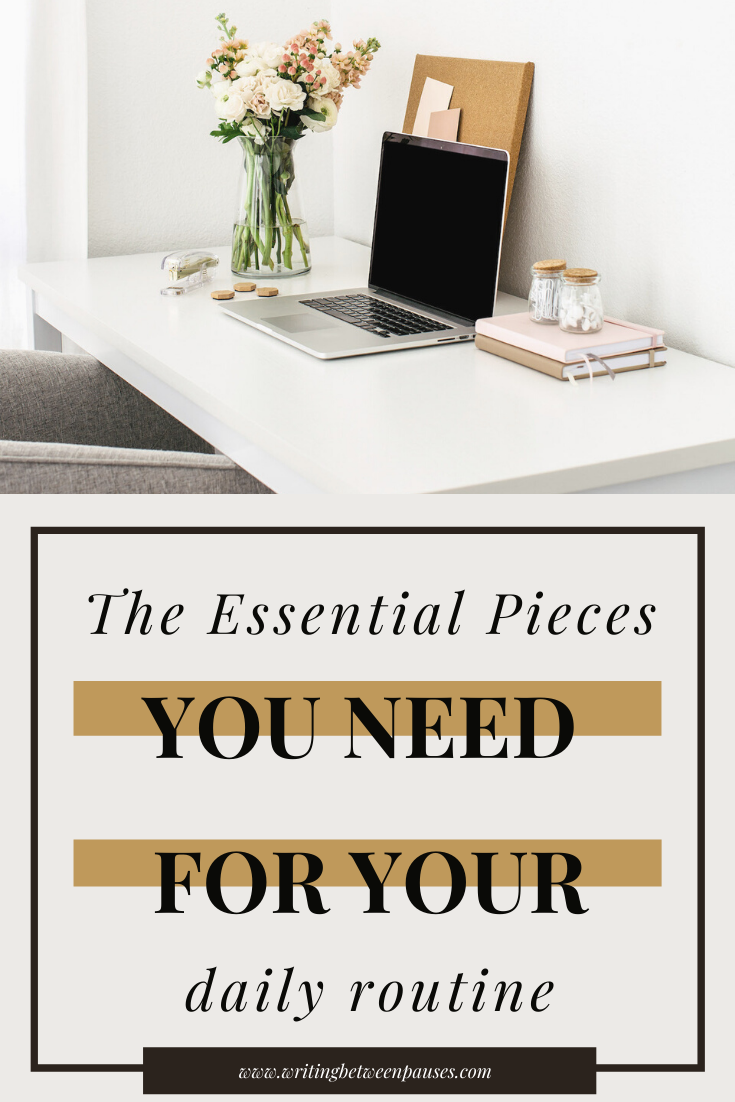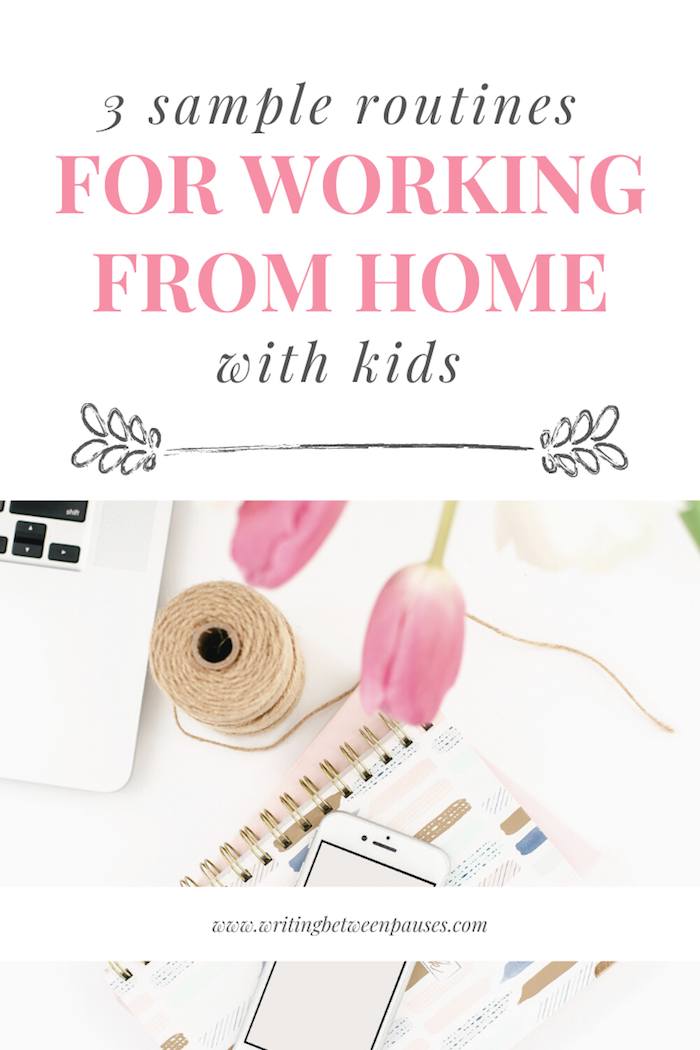Happy July! This month, I’ll be posting a series called Let’s Get Organized!, all about organizing your home, your business, and your life. Organization is not about perfection; it’s about having the tools and systems in place to make your life easier, whenever you need it. I can’t wait to share my tips and tricks, and much more. If you’d like to see May-June’s series on Daily Routines, click here.
Here’s something I famously said to a professor: “Sometimes, I’m so organized that I feel like it holds me back.” I can still remember the way she looked at me, her head slightly cocked, and her expression of puzzlement. It didn’t make sense to her.
I’m a naturally organized person: I tend to always put things back where they came from, I love having a place for everything, and it’s very easy for me to get, and stay, organized. But in many ways, having that rigid of a way of thinking can be incredibly restrictive for, say, writing research papers (where sometimes you need to let your mind and interests wander!) or baking cookies with a 4-year-old (who doesn’t understand where anything in the kitchen is).
When it comes to organizing, I have found that it’s not a case of organizing a space and having it stay there. Living spaces are static: they evolve and change, just like we do. A system that worked when you first moved into your home or apartment might not make sense 6 months later, or after you have kids, or whatever!
Here are my 5 steps to organizing your space—whether it’s your office, living room, kitchen, closet, or whatever you need it—fast. (By fast I mean, in the space of 1-2 weekends!)
1. Start with one small place to organize first.
When it comes to getting organized, take it one step at a time. When we moved into our home a year ago this weekend (!!!), I wasn’t focused on organizing. I just wanted our stuff in the house. It didn’t matter where it went. As a result, we have a ton of messy closets, a messy garage, and much more. I still haven’t found my glue gun, which I misplaced at some point during the move.
However, I know if I tried to tackle every single closet and the garage and the living room and the kitchen all at once, I’d get overwhelmed, stressed, and burnt out on organizing. Just yesterday, I told my husband: my goal for this summer is to get our garage organized into a functional space, not just a bunch of stacks of boxes of stuff that we probably don’t even need.
Pick one space to start organizing and stick with that space, and that space only, for your first round. Don’t move outside of that space; don’t let yourself start thinking about those laundry room cabinets while you’re working on this space; don’t deviate from the plan. Pick one space, seriously.
2. Buy what you need for the space—not what’s available.
I was recently listening to the A Beautiful Mess podcast with Elsie Larson and Emma Chapman (it’s seriously really good!) and Elsie had a tip that I had never thought of before: if you need to buy something to organize the space, buy the perfect thing, not just what’s available. I have always just gone to the Dollar Store and bought whatever organizer bins or storage containers I can find. Sometimes, the options are just not great—but I didn’t really worry about it, even if they didn’t look how I wanted them to or even work in the space.
However, I realized that if I’m going to invest the money, rather than buying 3-4 rounds of different organizers at the Dollar Store or Target because they’re all that’s available… why not just save my money and buy the bins that look cute and fit the space and are functional? Why not buy the right size bin organizer, or the right entertainment center, instead of settling? Thanks, Elsie, we needed that one!
3. Focus on function.
If you search “pantry organization” on Pinterest, you’ll get a lot of super cute pantries: cereal emptied into gorgeous glass jars, Oreos stacked Khloe Kardashian-style, spices in teeny tiny glass jars, all organized 1.5 inches apart from each other in a perfectly clean pantry. If there are brand packages available, they’re boujee brands. And there is also this trendy thing going around where you put up a tension rod and use clips to hang individual bags of chips or crackers or whatever.
I can’t begin to tell you how impractical I think all of that is. Yes, while rushing home from Costco, I’m going to put my box of chips on teeny tiny hangers in my pantry, which my son won’t be able to unclip on his own—he’ll pull the whole thing down, repeatedly. The glass jars of Oreos, oatmeal, flour, and spices? Those will get gross. Better to put all those things where they go: the spice cabinet, the baking cupboard, in storage containers that are functional. The glass jars are cute, but they’re not functional. Those Oreos will get stale. Those spices will be exposed to more air and light than they need to. They’re all at risk of being knocked down at any point.
Your organization should be functional, not focused on what looks cutest on Pinterest. Please don’t feel like you have to buy little hangers for your bags of chips.
4. Declutter as you organize.
It goes without saying, but, I will say it: you should declutter in the process of organizing. That’s just kind of the point.
I recently organized my pantry a little bit. We have 4 Halloween buckets, at least 2 of them full of various holidays worth of candy since… 2018? I don’t know why I moved these from one house to another, but I did and, gosh, I am a little embarrassed about it! I threw them away. And I threw away the box of fruit snacks that we’ve had for a year, the boxes of cereal we opened once and didn’t eat, the mac and cheese that we haven’t touched… there are so much I was just holding onto because I didn’t think about it.
Declutter, declutter, declutter! It’s as important, if not more important, than organizing. Even if you don’t have the time or energy to redo the space you want to get organized, you probably have stuff you can toss or get rid of. That will make the space feel new with hardly any effort.
5. Remember that it won’t be perfect.
Taking on the space of your choice isn’t about making it perfect or Pinterest-worthy. It’s just about getting a system in place that works for you and your life! It won’t be perfect immediately. You’ll find ways to keep improving this space the more you use it and interact with it. And you might also find that the needs of the space changes over time. These are all fine things to have happen! We’re aiming for developing a system for a space, not a set-in-stone piece of perfection.













